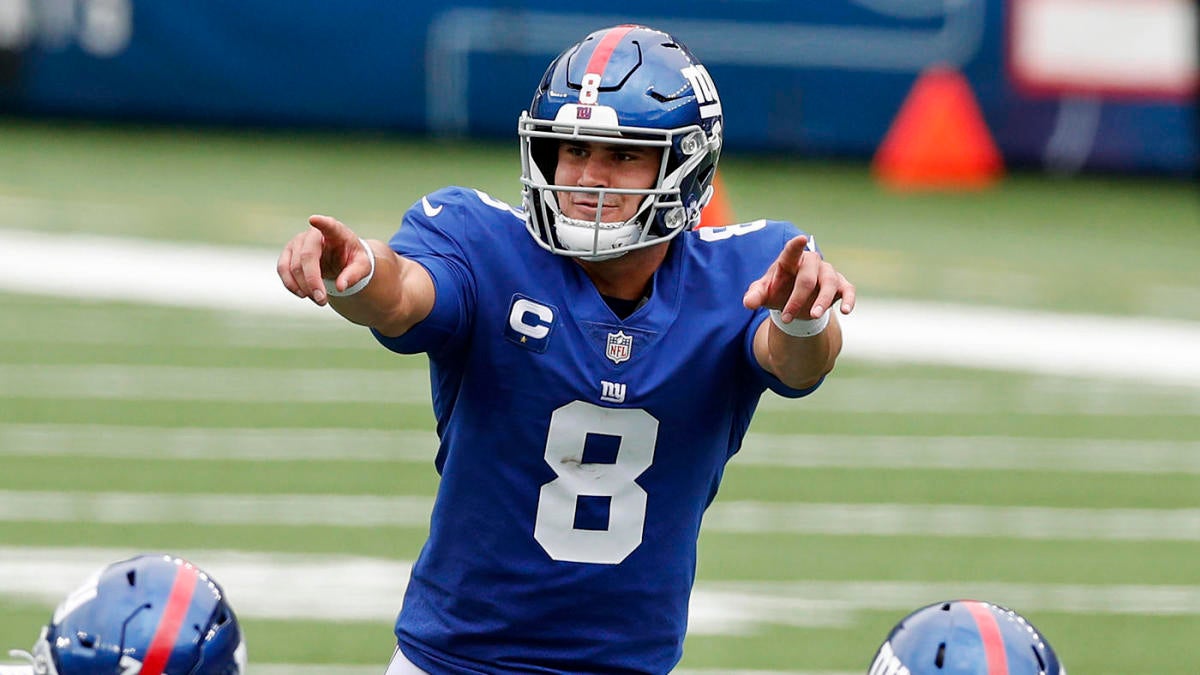
We’re now several full days into the official start of 2021 NFL free agency, and dozens of big names are off the board. Plenty are still available on the open market, but with most of the top talent signed, we’re nearing the unofficial, collective turn to April’s draft as the center of offseason conversations. With that said, it’s time to take stock of the latest moves from around the NFL. Who won the first weekend of free agency? Who lost? Here are our knee-jerk evaluations of the moves from Saturday and Sunday (you can also check out our top 10 remaining free agents and team-by-team moves and grades):
Give me a break about them “overpaying” for Kenny Golladay, the ex-Lions star. At $72 million over four years ($18M per year), the big-ticket addition obviously has to be dominant to live up to the deal, but New York also had to get Jones and Co. some offensive help. You can do a lot worse than a 27-year-old Pro Bowler with two 1,000-yard seasons in four years and more physical talent than anyone in the wide receiver room. Jones should be elated, and after already adding Kyle Rudolph and John Ross for some veteran reliability and low-risk upside, the Giants should be pleased with themselves, too.
Loser: The ‘poor WR market’ narrative
Make no mistake: For as deep as this year’s free agent WR class was, the idea that teams weren’t willing to pay for actual good pass catchers died Saturday with Golladay’s deal, the sixth-largest among all wideouts. But JuJu Smith-Schuster settled for just $8 million in Pittsburgh, you say? Maybe, just maybe, nobody wanted to pay a premium for a short-yardage slot specialist who was allowed to walk freely by a WR factory in win-now mode. With Golladay paid, and Allen Robinson guaranteed nearly $18M for one year, and Will Fuller guaranteed more than $10M for one year, and Chris Godwin due his own extension, we can stop pretending veteran WRs aren’t money-makers.
Winner: Vic Fangio and the Broncos
Giving Ronald Darby $30M over three seasons was an early free-agent overpay, but Denver’s weekend addition of Kyle Fuller, who will start opposite Darby fresh off an abrupt release from the Bears, should be commended. Fuller isn’t lock-down material these days, but as a one-year bet, he makes all the sense in the world considering his background with Fangio in Windy City. If the Broncos are bent on getting to the playoffs because of their “D,” Fuller should help.
They didn’t do anything this weekend, but that’s the point. Pretty much everything else they’ve done this offseason under new coach Urban Meyer has been uninspiring, to say the least. It’s no wonder Meyer’s already gone public with complaints about free agency: His team stunk it up, spending millions to muddy up the transaction wire but add very little in the way of actual talent. Marvin Jones is underrated, and Shaquill Griffin will make the secondary better, but everything in between has been absolutely “meh.” They had boatloads of cash to spend this spring, and instead they’ve prioritized quantity over quality.
Winner: The Colts
While Jacksonville wallows amid its own mediocre free agent signings, the Jags’ chief division rivals just secured starting cornerback Xavier Rhodes for a very reasonable $6.5M. Rhodes proved to be a seamless fit in Indianapolis, which also recently re-signed Marlon Mack at a bargain price. These are small but important moves for a team built to contend sooner rather than later, and the best part about it is the Colts still have plenty of cap space to get bold and/or creative in the ensuing months.
Loser: AFC East offensive lines
The Jets added to an already promising defensive line on Sunday by agreeing to terms with former Saints first-rounder Sheldon Rankins. Now, Rankins himself isn’t a guaranteed force; injuries have severely limited him as a starter in recent years. But coupled with Quinnen Williams and new pass rusher Carl Lawson under coach Robert Saleh, he projects as a big rebound candidate. That’s bad news for the Bills, Dolphins and Patriots, who have varying levels of offensive line turnover entering 2021.
